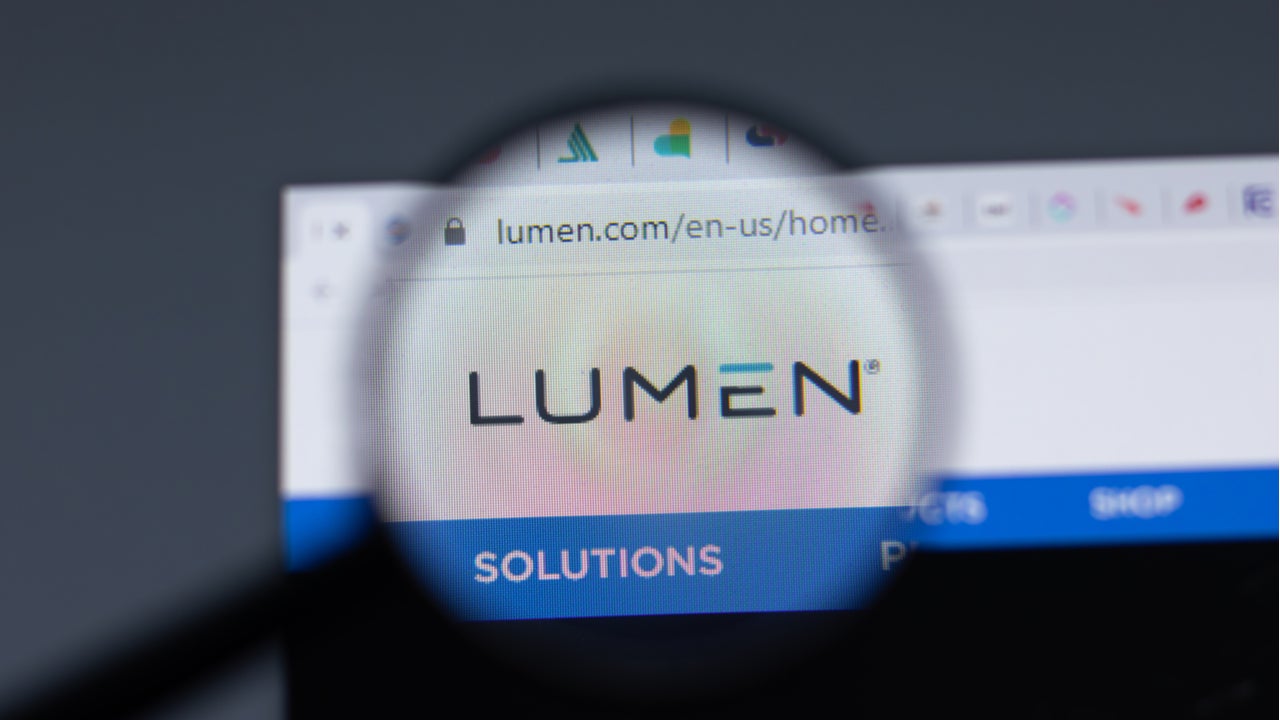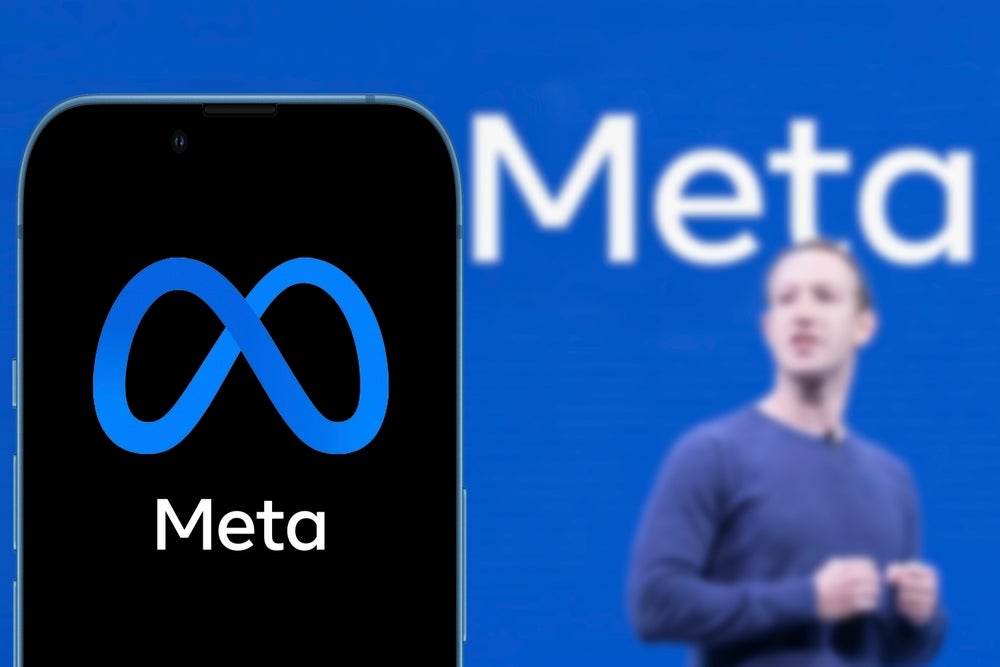T-Mobile US and Lumen Technologies announced in April that they will embark on a strategic alliance to help business customers build, manage, and scale applications across distributed environments. The partners note that enterprise applications would benefit from Lumen’s hundreds of thousands of fiber-connected enterprise locations paired with T-Mobile’s large and fast 5G network.
T-Mobile will also become a preferred wireless connectivity partner for Lumen, allowing for a more flexible and reliable connectivity solution for all enterprises.
T-Mobile and Lumen have a good asset fit
Each company brings assets that the other does not currently have. T-Mobile has an expansive – and expanding – 5G network but has traditionally catered to consumers more than enterprises. The company is clearly hoping to change that, and gaining a preferred status with Lumen’s large base of enterprise customers should help.
Lumen also has substantial fiber resources, including 450,000 global route-miles, 180,000+ on-net buildings, and – significantly – 60 edge nodes built or being built. Those edge nodes are key to Lumen’s edge computing strategy: Lumen plans to cover 95% of US businesses with an edge offering that can deliver latency of five milliseconds or less, a feature that is crucial to enabling 5G use cases in a number of verticals, including manufacturing logistics, retail, healthcare, and public sector.
Lumen, meanwhile, is the largest enterprise-focused telco in the US without its own 5G network. Aligning with T-Mobile US would clearly help address that gap and make it a much more fully-featured alternative to its larger competitors AT&T and Verizon.
Is a merger on the cards?
Longer-term, it is intriguing to consider where the expanded alliance between T-Mobile US and Lumen – which have become increasingly “friendly” in recent years as they battle against mutual foes – might lead.

US Tariffs are shifting - will you react or anticipate?
Don’t let policy changes catch you off guard. Stay proactive with real-time data and expert analysis.
By GlobalDataThere are some strong arguments for a merger to help level the playing field. For perspective, AT&T had $136 billion in communications revenue in 2020, while Verizon had $128 billion. GlobalData estimates that T-Mobile US had $76 billion after accounting for Sprint revenue (T-Mobile completed the acquisition of Sprint in April 2020.)
Lumen had $21 billion, meaning that a combined T-Mobile US and Lumen would still be well behind but much closer to AT&T and Verizon than they are now. Similarly, T-Mobile US has very little in the way of fiber plant; Lumen is a distant third behind AT&T and Verizon in fiber miles, but gaining access to those miles would significantly close T-Mobile US’s fiber gap. Meanwhile, AT&T and Verizon are both clearly making fiber a differentiator in their current marketing initiatives, so merging with Lumen would significantly close the perception gap too.
Chances are any potential M&A is likely not on the table in 2021 as T-Mobile US continues to digest its $26 billion acquisition of Sprint. However, once that process runs its course, Lumen could be the next operator in T-Mobile’s sights.









